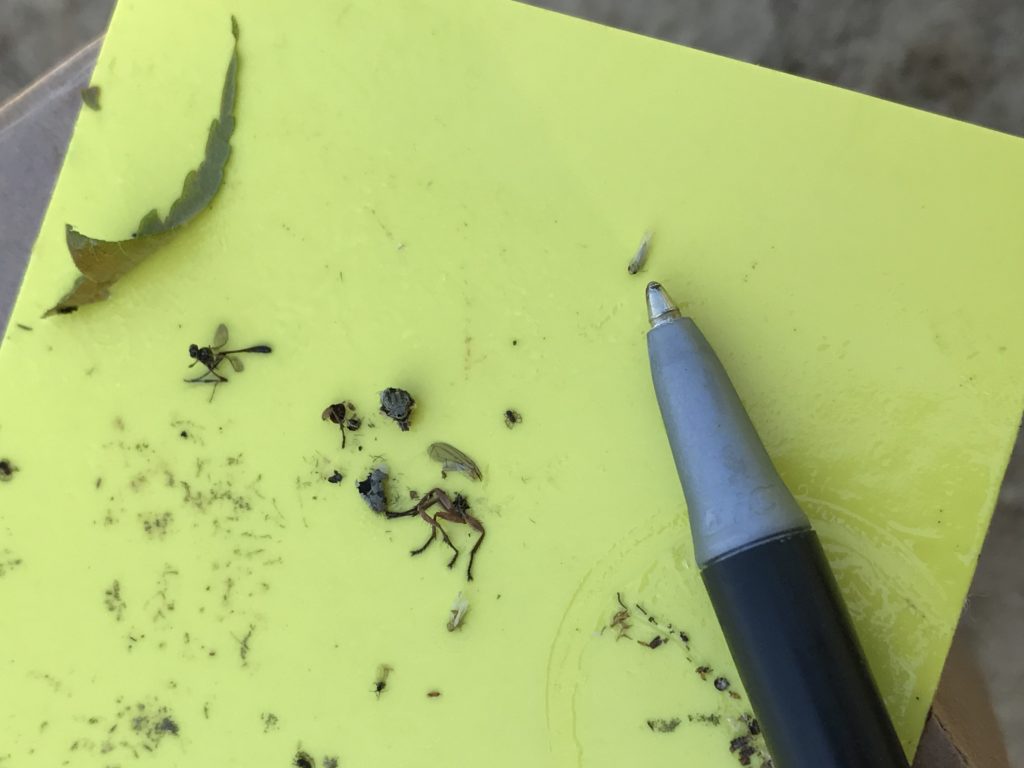Potato Leaf Hoppers: A Common Pest of Red Maples in Nurseries
go.ncsu.edu/readext?528332
en Español / em Português
El inglés es el idioma de control de esta página. En la medida en que haya algún conflicto entre la traducción al inglés y la traducción, el inglés prevalece.
Al hacer clic en el enlace de traducción se activa un servicio de traducción gratuito para convertir la página al español. Al igual que con cualquier traducción por Internet, la conversión no es sensible al contexto y puede que no traduzca el texto en su significado original. NC State Extension no garantiza la exactitud del texto traducido. Por favor, tenga en cuenta que algunas aplicaciones y/o servicios pueden no funcionar como se espera cuando se traducen.
Português
Inglês é o idioma de controle desta página. Na medida que haja algum conflito entre o texto original em Inglês e a tradução, o Inglês prevalece.
Ao clicar no link de tradução, um serviço gratuito de tradução será ativado para converter a página para o Português. Como em qualquer tradução pela internet, a conversão não é sensivel ao contexto e pode não ocorrer a tradução para o significado orginal. O serviço de Extensão da Carolina do Norte (NC State Extension) não garante a exatidão do texto traduzido. Por favor, observe que algumas funções ou serviços podem não funcionar como esperado após a tradução.
English
English is the controlling language of this page. To the extent there is any conflict between the English text and the translation, English controls.
Clicking on the translation link activates a free translation service to convert the page to Spanish. As with any Internet translation, the conversion is not context-sensitive and may not translate the text to its original meaning. NC State Extension does not guarantee the accuracy of the translated text. Please note that some applications and/or services may not function as expected when translated.
Collapse ▲Adapted from original content by Danny Lauderdale. I found potato leaf hoppers in one of my granulate ambrosia beetle traps this morning. I believe they were attracted by the light green color of the trap (we normally use yellow sticky cards to detect potato leaf hopper arrival from the South). Potato leafhoppers feed on new
leaves and buds of red maples. This causes leaves to become deformed and if buds are damaged they produce multiple leaders, a symptom called ‘witches broom’. Local nursery owners also reported seeing a few last week in maples. Host plant resistance can play an important role in reducing potato leafhopper damage. Cultivars ‘Brandywine’, ‘Somerset’, and ‘Sun Valley’ have some resistance to this damage. Most damage occurs from early season feeding on new buds and
leaves so red maple cultivars that break bud earliest in spring (before leafhoppers arrive) sustain the least injury. Pyrethroids (like bifenthrin or permethrin) applied every two weeks while trees are leafing out will reduce damage. If your maple trees are repeatedly damaged by this pest you might consider a systemic neonicotinoid drench in the future which can provide two years of protection and may prevent harming natural enemies which repeated pyrethroid sprays will knock down.



